1642 Died: Jean Nicolet, French-Canadian explorer (b. 1598)
Jean Nicolet (Nicollet), Sieur de Belleborne (ca. 1598 – 1 November 1642) was a French coureur des bois noted for discovering and exploring Lake Michigan, Mackinac Island, Green Bay, and being the first European to set foot in what is now the U.S. state of Wisconsin.
Nicolet is noted for being the first European to explore Lake Michigan. In 1634 he became the first European to explore what would become Wisconsin. Jean Nicolet landed at Red Banks, near modern-day Green Bay, Wisconsin, in search of a passage to the Orient. He and other French explorers had learned from their native contacts that the people who lived along these shores were called Ho-Chunk, which some French mistakenly translated as "People of the Sea". In the Ho Chunk language, it means people of the big voice, because they believe their language was the original language of their family of tribal languages. However, the Ojibwe had a less appealing name for them, Puants or Puans, or "people of the fragrant waters." This exonym was derogatory, however, not knowing that, Nicolet concluded that the people must be from or near the Pacific Ocean, and would provide a direct contact with China.
Nicolet became the French ambassador to the Ho-Chunk people. He wore brightly colored robes and carried two pistols, to convey his authority. The Ho-Chunk people appreciated his ritual display. With some Ho-Chunk guides, Nicolet ascended the Fox River, portaged to the Wisconsin, and travelled down it until it began to widen. So sure was he that he was near the ocean, that he stopped and went back to Quebec to report his discovery of a passage to the "South Sea," unaware that he had just missed finding the upper Mississippi River.
US stamp issued in 1935 for the tercentenary of Nicolet's landing
1757 Born: Antonio Canova, Italian sculptor (d. 1822)
Antonio Canova (1 November 1757 – 13 October 1822) was an Italian Neoclassical sculptor, famous for his marble sculptures. Often regarded as the greatest of the Neoclassical artists, his sculpture was inspired by the Baroque and the classical revival, and has been characterised as having avoided the melodramatics of the former, and the cold artificiality of the latter.
Canova's sculptures fall into three categories: Heroic compositions, compositions of grace, and sepulchral monuments. In each of these, Canova's underlying artistic motivations were to challenge, if not compete, with classical statues.
Canova refused to take in pupils and students, but would hire workers to carve the initial figure from the marble. He had an elaborate system of comparative pointing so that the workers were able to reproduce the plaster form in the selected block of marble. These workers would leave a thin veil over the entire statue so Canova's could focus on the surface of the statue.
While he worked, he had people read to him select literary and historical texts.
Stamps and cover from Italy and Vatican City depicting Canova's works
1889 Born: Hannah Höch, German painter and photographer (d. 1978)
Hannah Höch (1 November 1889 – 31 May 1978) was a German Dada artist. She is best known for her work of the Weimar period, when she was one of the originators of photomontage. Photomontage, or fotomontage, is a type of collage in which the pasted items are actual photographs, or photographic reproductions pulled from the press and other widely produced media.
Höch's work was intended to dismantle the fable and dichotomy that existed in the concept of the "New Woman": an energetic, professional, and androgynous woman, who is ready to take her place as man's equal. Her interest in the topic was in how the dichotomy was structured, as well as in who structures social roles.
Other key themes in Höch's works were androgyny, political discourse, and shifting gender roles. These themes all interacted to create a feminist discourse surrounding Höch's works, which encouraged the liberation and agency of women during the Weimar Republic (1919–1933) and continuing through to today.
Berlin stamp issued in 1989 depicting Höch's work
1894 Died: Alexander III of Russia (b. 1845)
Alexander III (10 March 1845 – 1 November 1894) was Emperor of Russia, King of Poland and Grand Duke of Finland from 13 March 1881 until his death on 1 November 1894. He was highly reactionary and reversed some of the liberal reforms of his father, Alexander II. Under the influence of Konstantin Pobedonostsev (1827–1907) he opposed any reform that limited his autocratic rule. During his reign, Russia fought no major wars; he was therefore styled "The Peacemaker"
In 1894, Alexander III became ill with terminal kidney disease (nephritis). Maria Fyodorovna's sister-in-law, Queen Olga of Greece, offered her villa of Mon Repos, on the island of Corfu, in the hope that it might improve the Tsar's condition. By the time that they reached Crimea, they stayed at the Maly Palace in Livadia, as Alexander was too weak to travel any further. Recognizing that the Tsar's days were numbered, various imperial relatives began to descend on Livadia. Even the famed clergyman John of Kronstadt paid a visit and administered Communion to the Tsar. On 21 October, Alexander received Nicholas's fiancée, Princess Alix, who had come from her native Darmstadt to receive the Tsar's blessing. Despite being exceedingly weak, Alexander insisted on receiving Alix in full dress uniform, an event that left him exhausted. Soon after, his health began to deteriorate more rapidly. He died in the arms of his wife, and in the presence of his physician, Ernst Viktor von Leyden, at Maly Palace in Livadia on the afternoon of 1 November 1894 at the age of forty-nine, and was succeeded by his eldest son Tsesarevich Nicholas, who took the throne as Nicholas II. After leaving Livadia on 6 November and traveling to St. Petersburg by way of Moscow, his remains were interred on 18 November at the Peter and Paul Fortress.
1903 Died: Theodor Mommsen, German archaeologist, journalist, and politician, Nobel Prize laureate (b. 1817)
Christian Matthias Theodor Mommsen (30 November 1817 – 1 November 1903) was a German classical scholar, historian, jurist, journalist, politician and archaeologist. He is widely regarded as one of the greatest classicists of the 19th century. His work regarding Roman history is still of fundamental importance for contemporary research. He received the Nobel Prize in Literature in 1902 for being "the greatest living master of the art of historical writing, with special reference to his monumental work, A History of Rome", after having been nominated by 18 members of the Prussian Academy of Sciences. He was also a prominent German politician, as a member of the Prussian and German parliaments. His works on Roman law and on the law of obligations had a significant impact on the German civil code.
German, Berlin and East German stamps depicting Theodor Mommsen
The West Ukrainian People's Republic (Ukrainian: Західноукраїнська Народна Республіка, Zakhidnoukrayins’ka Narodna Respublika, ZUNR) was a short-lived republic that existed from November 1918 to July 1919 in eastern Galicia. It included the cities of Lviv, Przemyśl, Ternopil, Kolomyia, Boryslav and Stanislaviv (now Ivano-Frankivsk), and claimed parts of Bukovina and Carpathian Ruthenia. Politically, the Ukrainian National Democratic Party (the precursor of the interwar Ukrainian National Democratic Alliance) dominated the legislative assembly, guided by varying degrees of Greek Catholic, liberal and socialist ideology. Other parties represented included the Ukrainian Radical Party and the Christian Social Party.
The coat of arms of the West Ukrainian People's Republic was azure, a lion rampant or (a golden lion rampant on a field of blue). The colours of the flag were blue and yellow.
The West Ukrainian People's Republic was proclaimed on November 1, 1918. The Ukrainian National Rada (a council consisting of all Ukrainian representatives from both houses of the Austrian parliament and from the provincial diets in Galicia and Bukovina) had planned to declare the West Ukrainian People's Republic on November 3, 1918 but moved the date forward to November 1 due to reports that the Polish Liquidation Committee was to transfer from Kraków to Lviv.Shortly after the republic proclaimed independence from the Austro-Hungarian Empire a popular uprising took place in Lviv, where most residents were Polish and did not want to be part of a non-Polish state. A few weeks later Lviv's rebellious Poles received support from Poland. On November 9 Polish forces attempted to seize the Drohobych oil fields by surprise but were driven back, outnumbered by the Ukrainians.[4] The resulting stalemate saw the Poles retaining control over Lviv and a narrow strip of land around a railway linking the city to Poland, while the rest of eastern Galicia remained under the control of the West Ukrainian National Republic.
Third Stanyslaviv Issue
Stamp from the fourth Stanyslaviv Issue

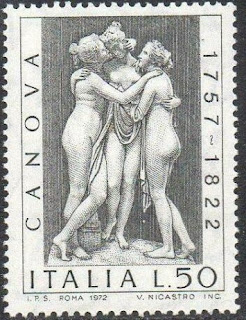
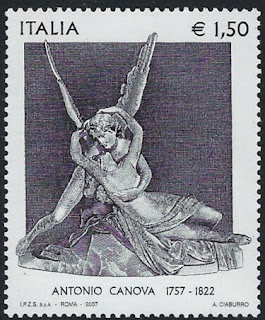

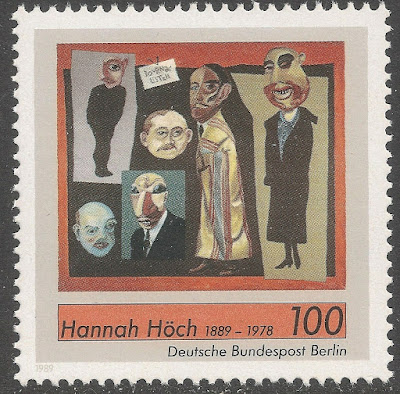
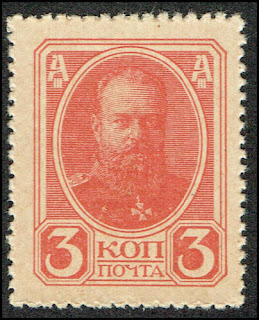


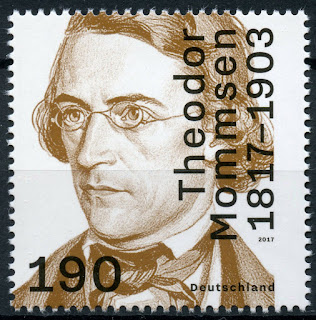
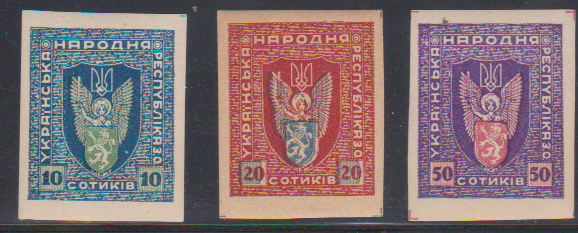
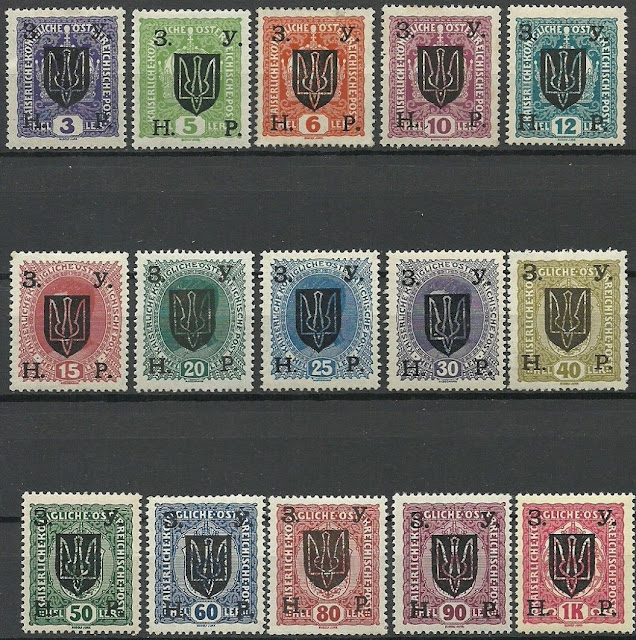

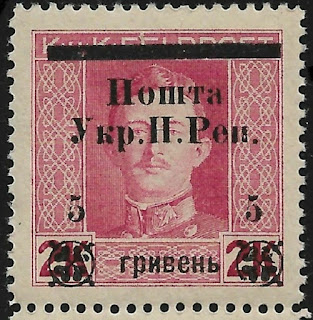
No comments:
Post a Comment